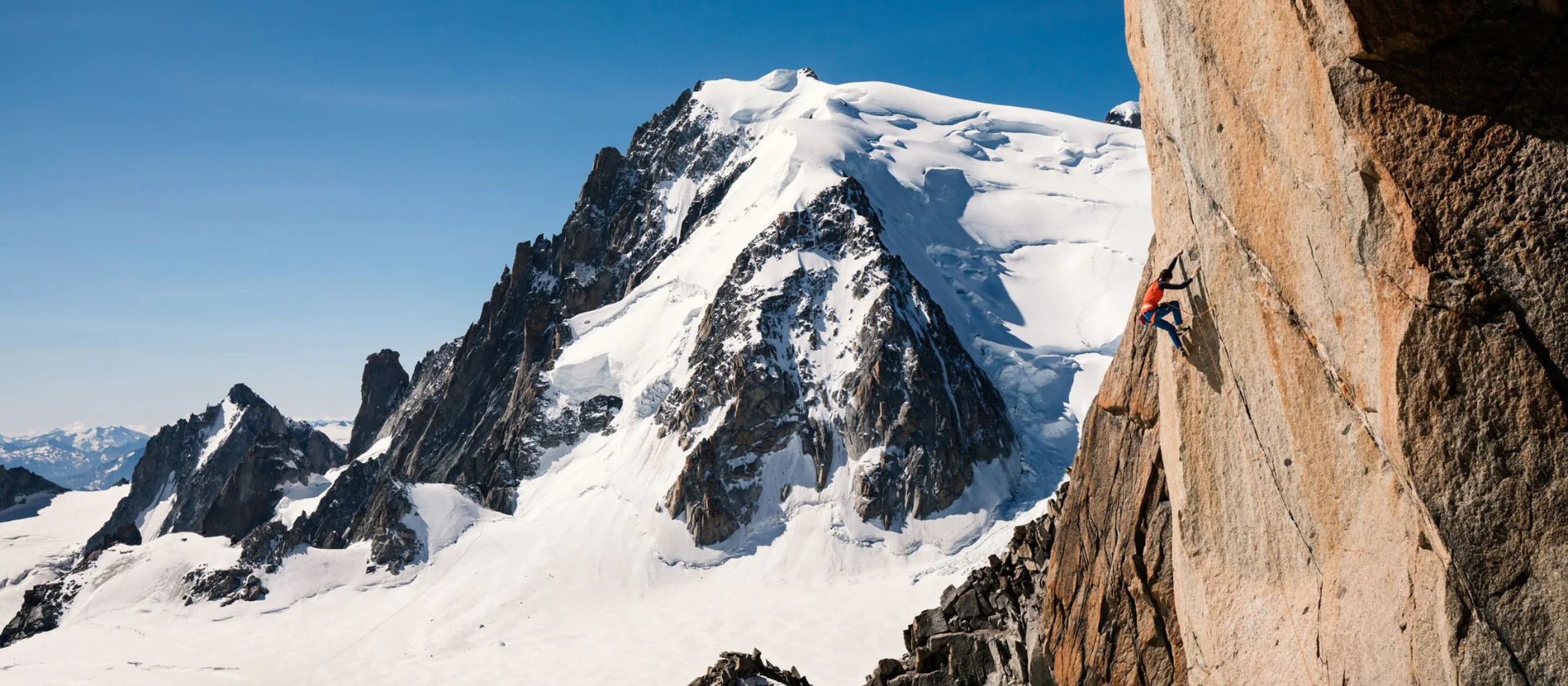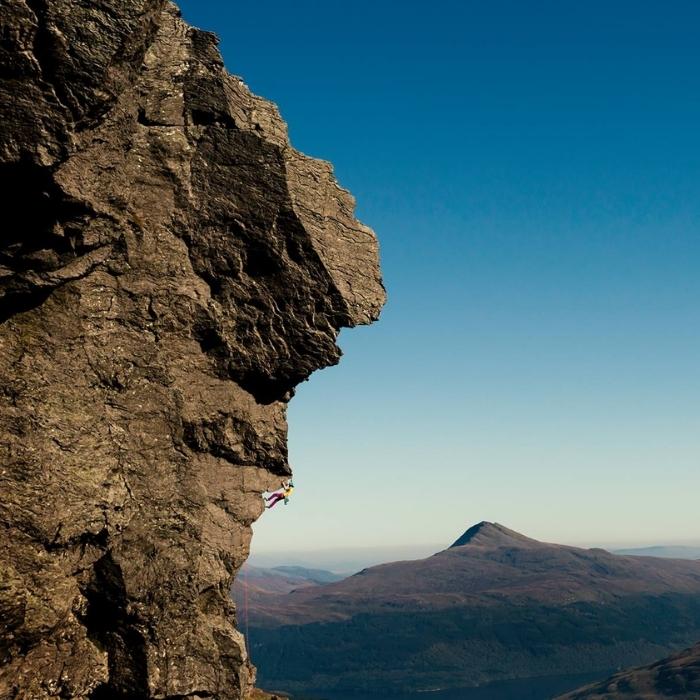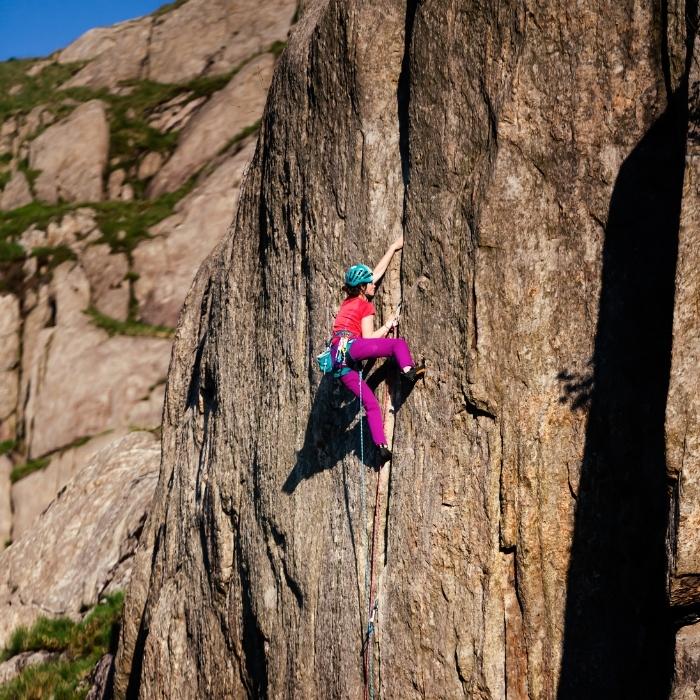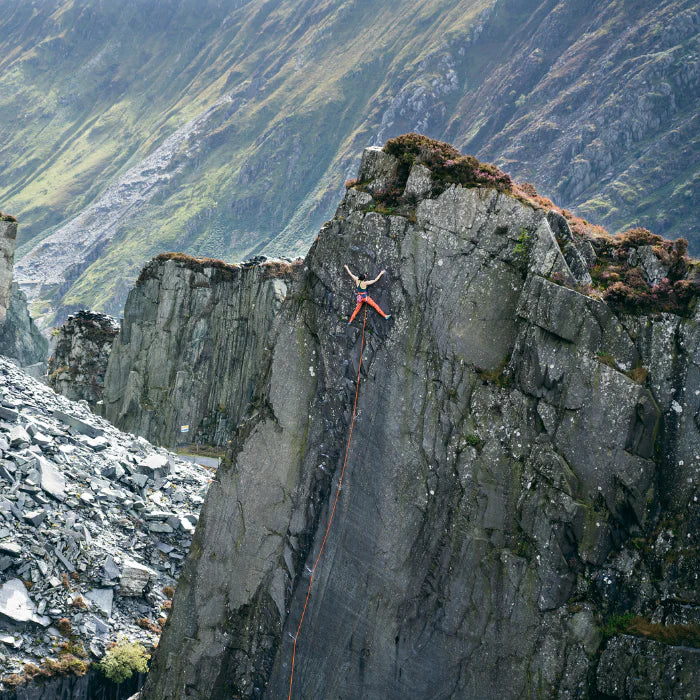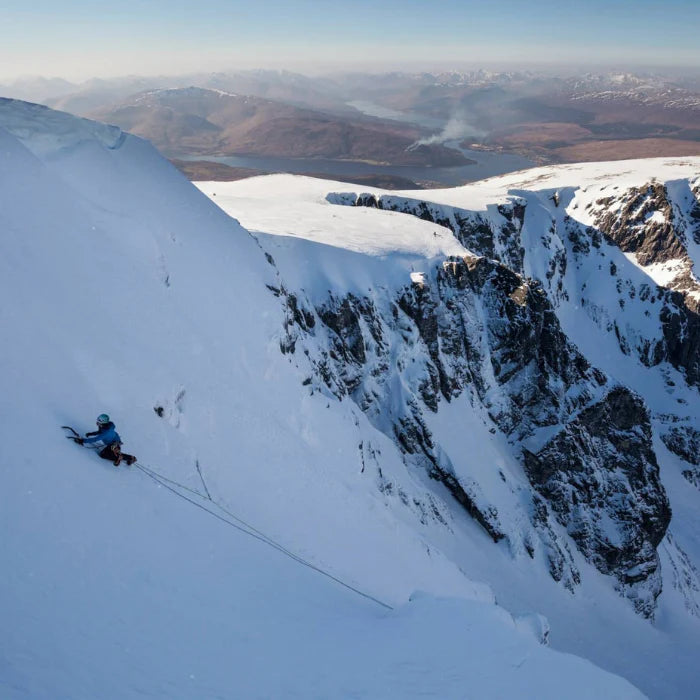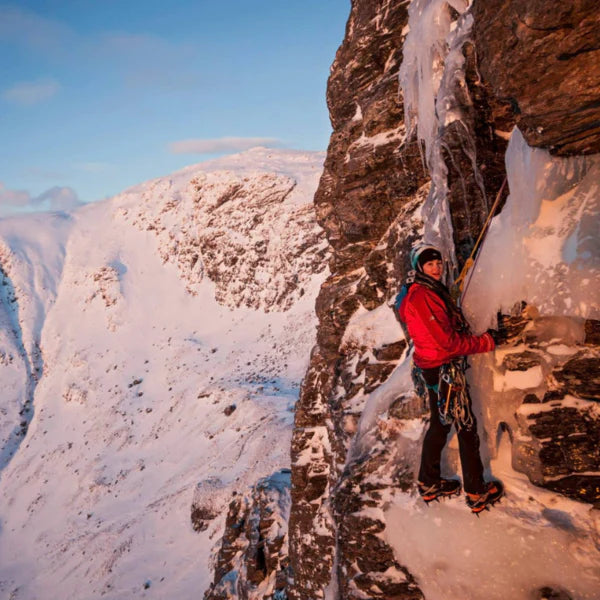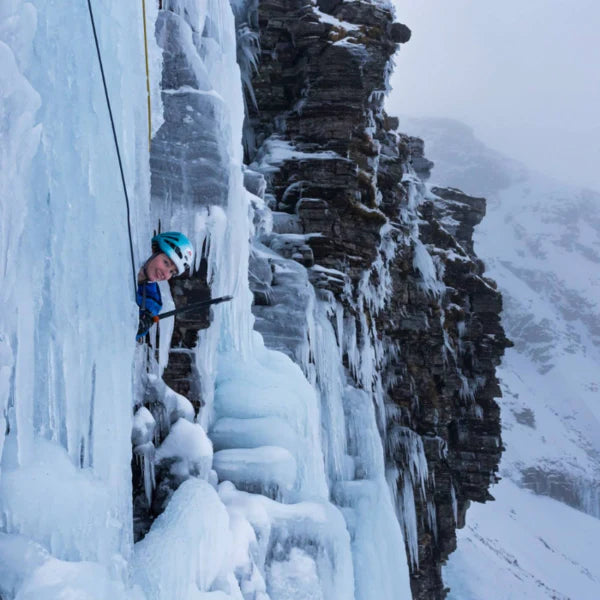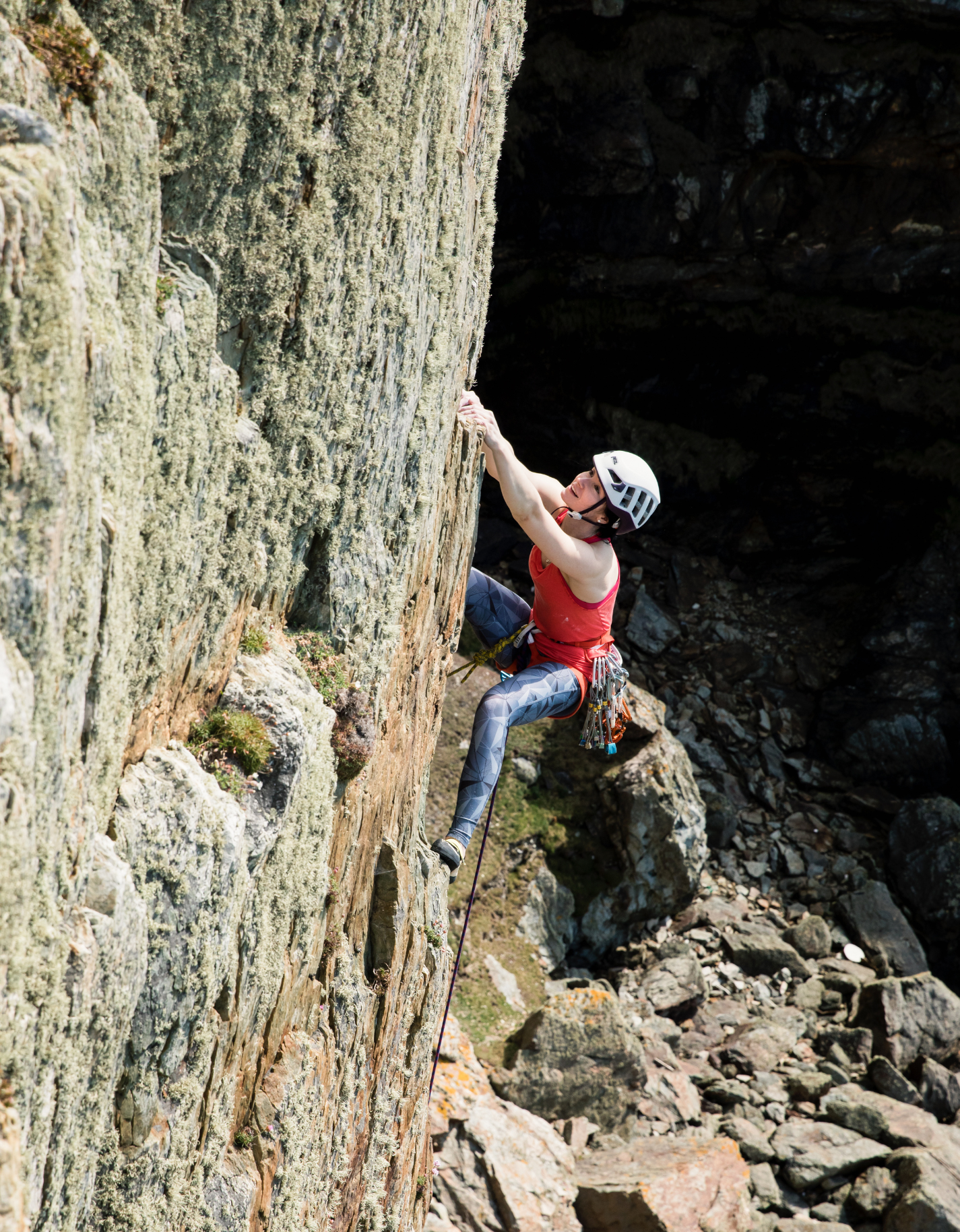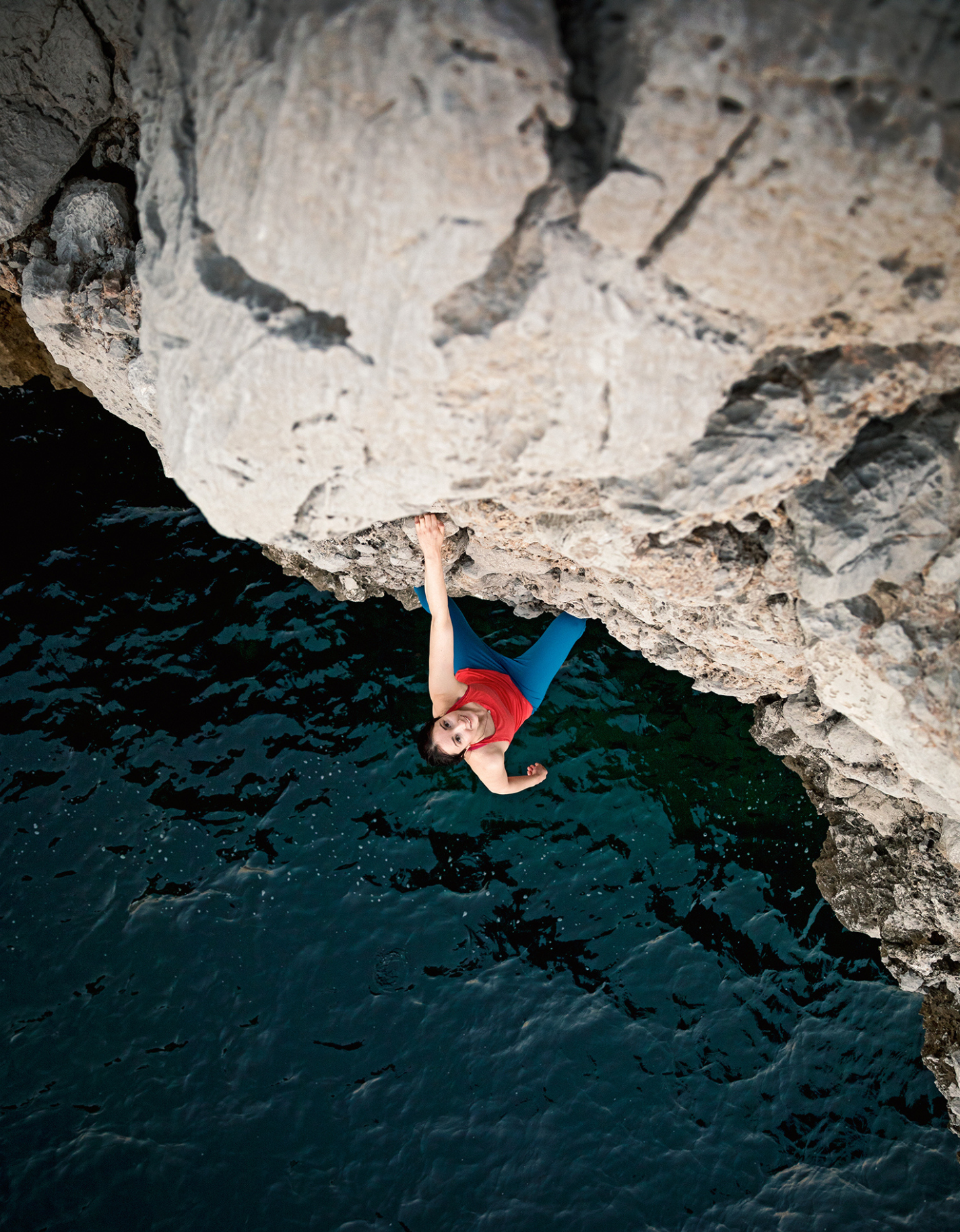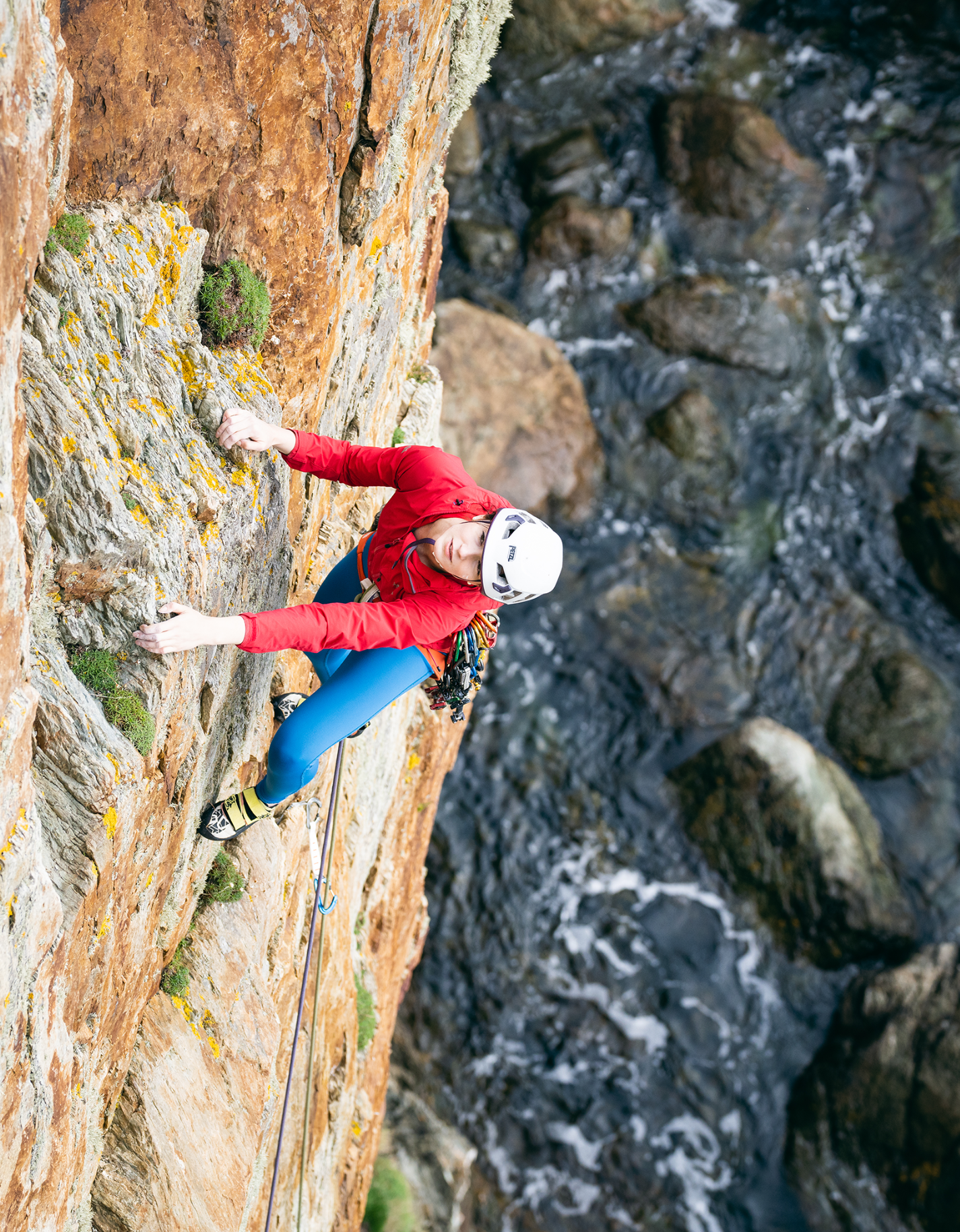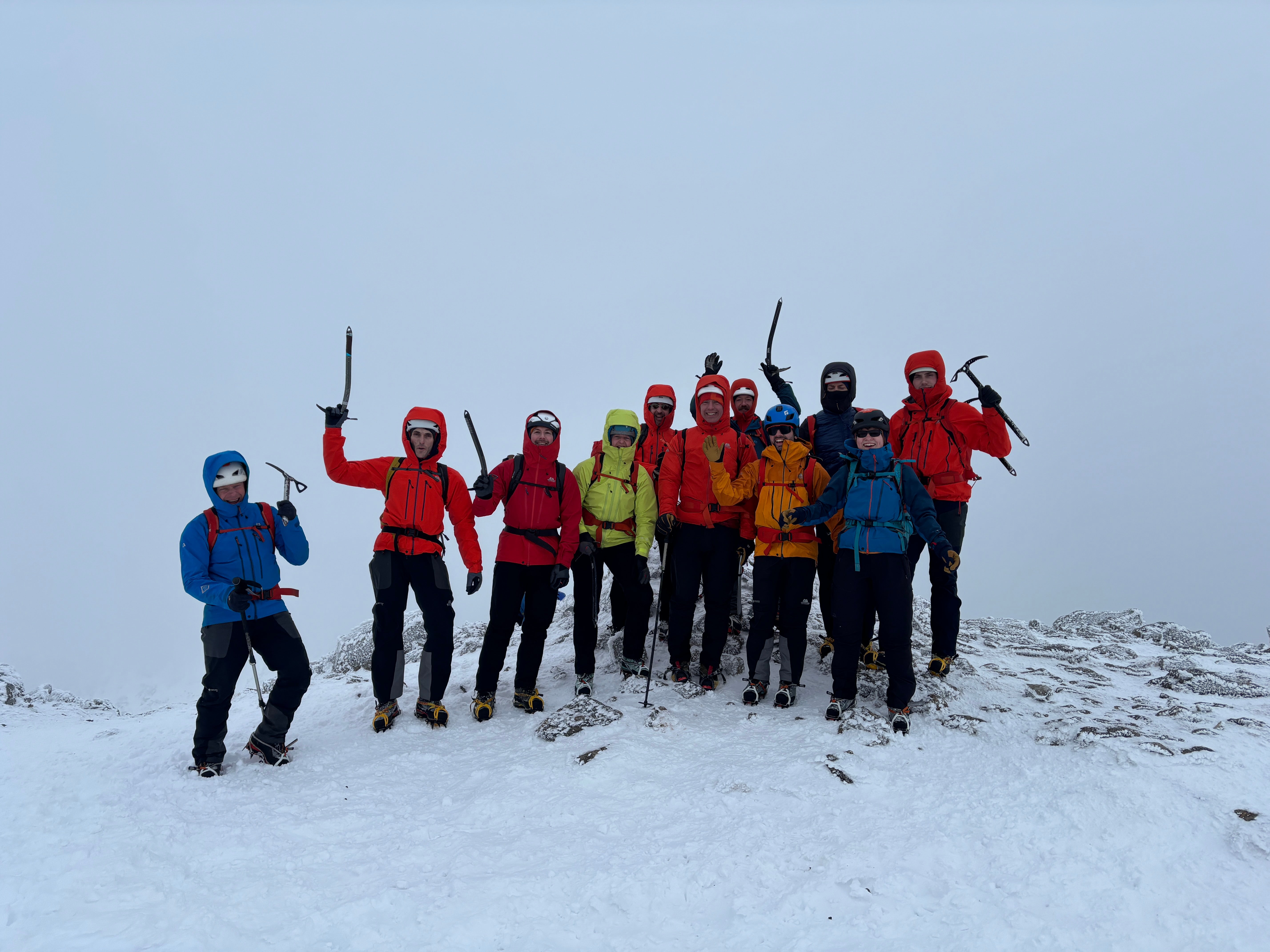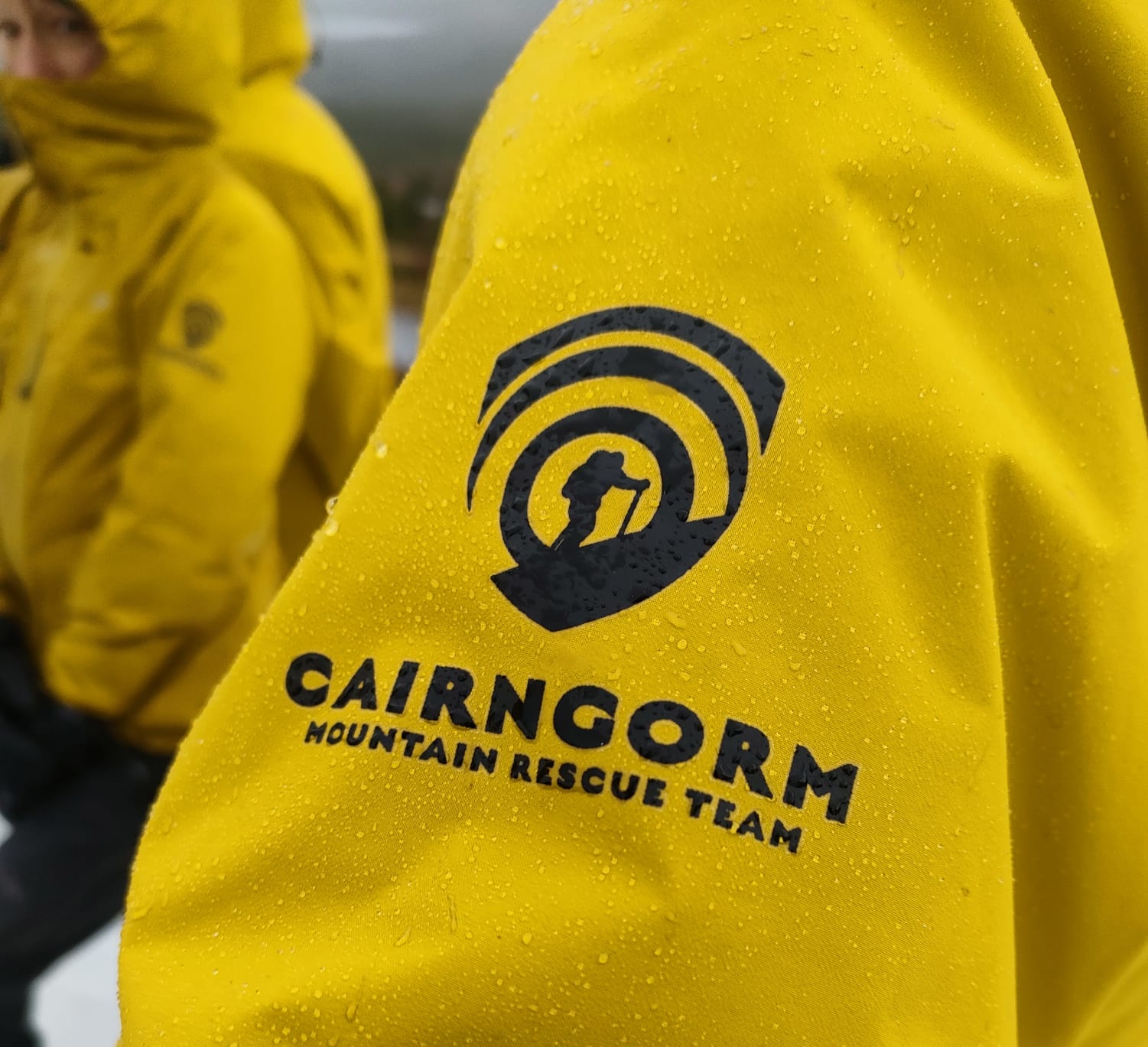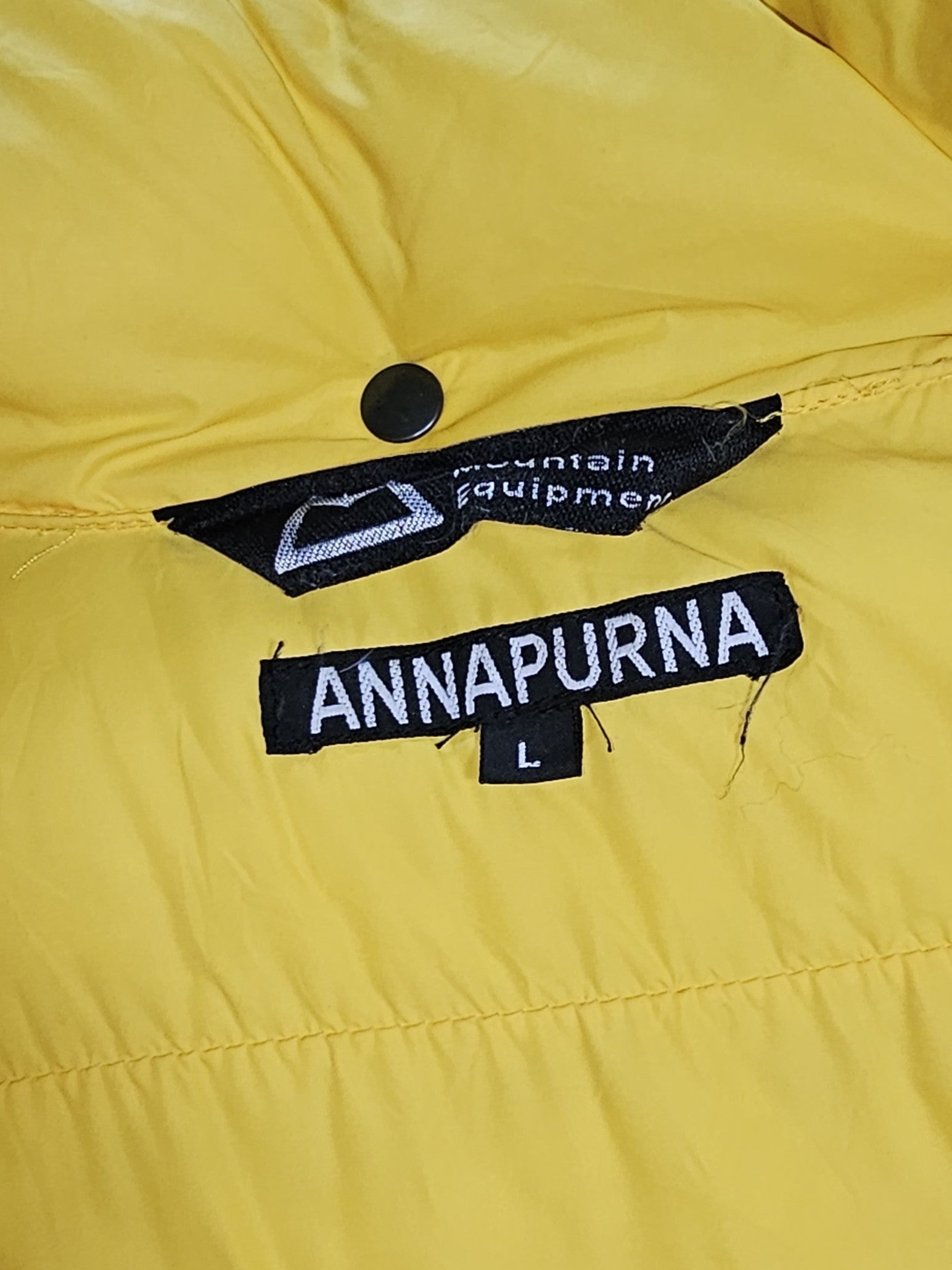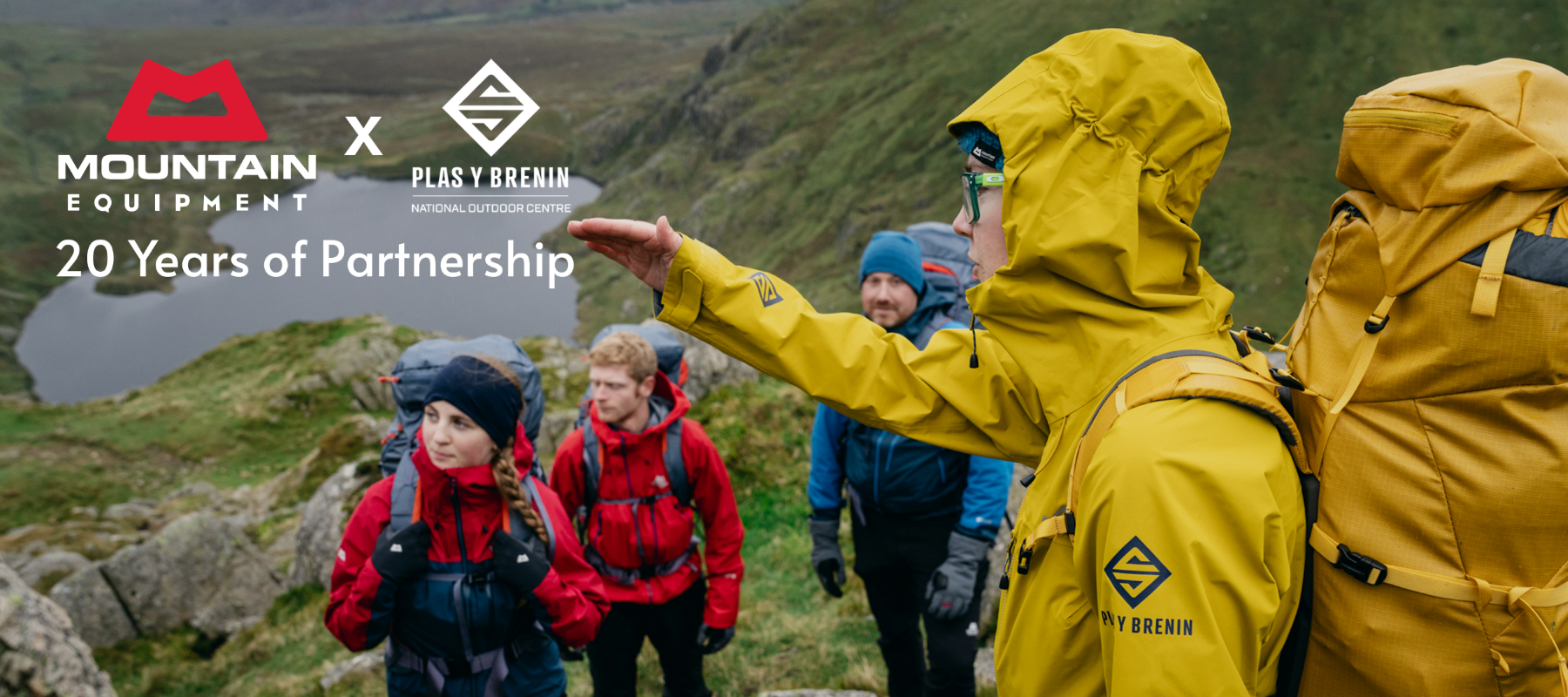Softly spoken and unassuming, Natalie has been one of the UK’s best female climbers for the last decade, including being crowned British lead climbing champion on numerous occasions (8 British titles in all!)
Over 20 years ago I discovered climbing completely by chance at a shopping centre one weekend, where a mobile climbing wall compelled me to give it a go. My family weren’t at all sporty or outdoorsy, but I quickly realised that I had a head for heights and a natural talent for climbing. After nearly a decade of competing internationally at junior level – with a European Cup win and multiple national titles – I started exploring outdoor sport climbing in some of the world’s premier destinations. I redpointed climbs up to 8b before returning to senior level competitions briefly, but with limited time due to university studies, my sights turned to traditional climbing closer to home in the UK. I headpointed E7 and explored Scottish winter climbing and skiing, before eventually moving to Chamonix for four years, where I could combine my passion for multiple mountain disciplines. An unexpected return to the competition stage – this time as a member of the GB Bouldering Team – ensued in 2019, culminating in an 11th place finish in the European Championships as well as an 8A tick outdoors. My full-time work as Editor-in-Chief of UKClimbing.com and a freelance translator and writer takes me away from the wall, crags and mountains more than I’d like at times, but I’m privileged to be able to work in the outdoor industry and try my best to make it more inclusive and bring important stories to light. My work has been published in Alpinist Magazine, Sidetracked Magazine, Mondial Magazine, Rock&Snow Japan and The Scotsman and one of my essays was listed among notable works in the Best American Essays 2020 anthology. I have also translated multiple mountaineering and climbing books and I am a member of the judging panel for the 2021 Boardman Tasker Prize for Mountain Literature.
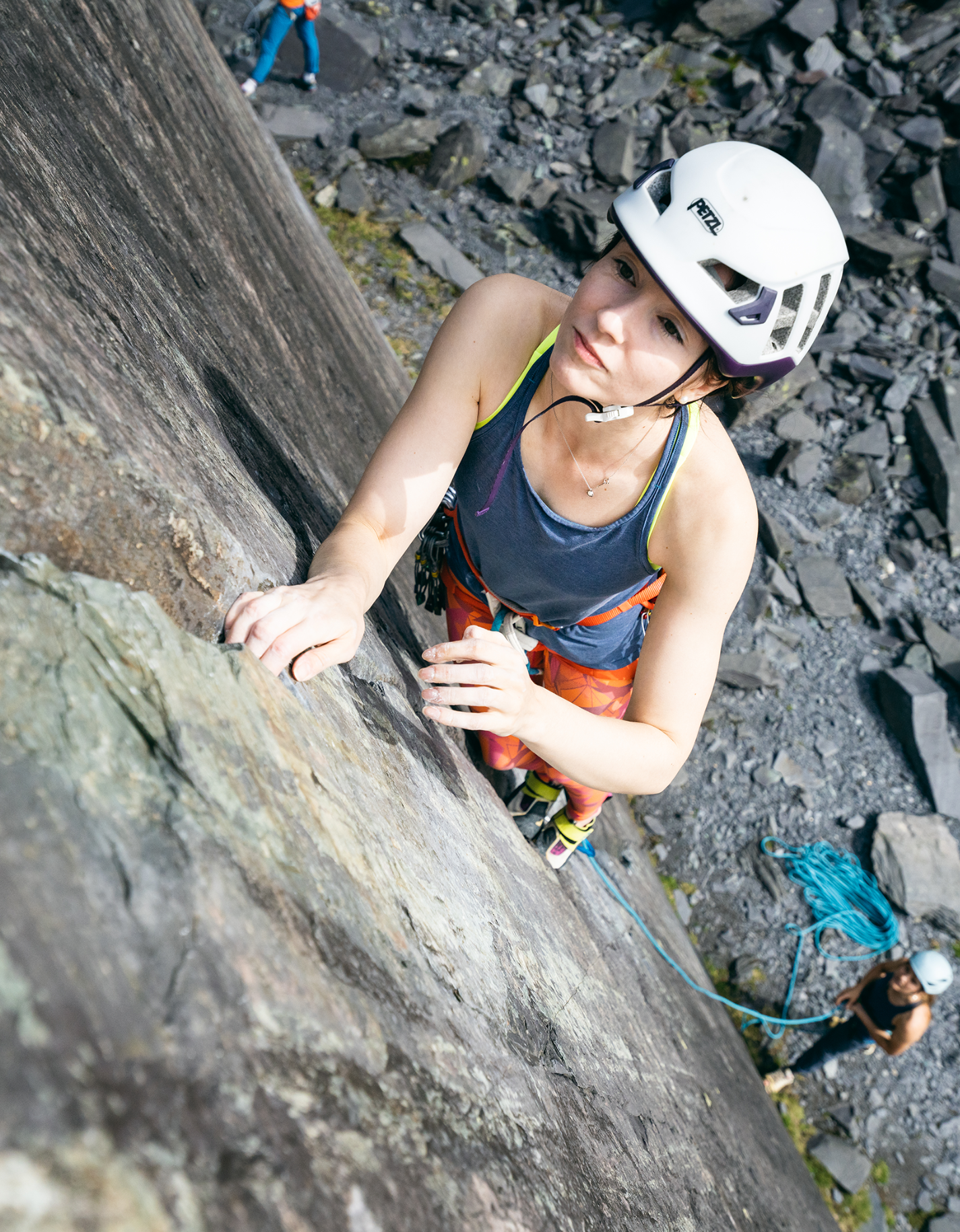
The routes that mean the most
Dalriada E7 6b, The Cobbler
My hardest trad route to date and an iconic Scottish trad climb in a beautiful setting. Being filmed while climbing the route while mist rolled in halfway up added to the pressure!
Pretty Girls Make Graves E6 6b, The Gravestones, Llanberis Pass
My first E6 after making a big jump from E4 (The Prozac Link on Lewis, another recommendation!) The line didn’t seem my style being a crack climb, but I found the finger and hand jams surprisingly intuitive and enjoyed the safe but pumpy climbing!
Ex-Libris TD+ 6b, Le Brévent
A classic trad multi-pitch on the Brévent in the Chamonix valley. The climb follows an open-book corner with great gear and a couple of tricky technical cruxes. It’s like a trickier Cenotaph Corner, an E2 at altitude. I have done nearly all of the routes on the South Face of the Brévent and would happily do any one of them multiple times!
Clocher-Clochetons Traverse AD 5a, Aiguilles Rouges
A great day out, so much so that I’ve done it twice. The route has a slightly longer walk-in than some of the Planpraz routes and involves technical slab climbing, a Tyrolean, a few abseils and a chimney – a real mixed bag. It’s never too hard and is good fun to climb with friends.
Namaste 5.12a, Kolob Canyon, Utah
A steep 45 metre pump-fest on red-orange Navajo sandstone with hueco holds. Every hold is a jug and you can sit in the holes to rest, but it’s surprisingly tiring! The unique style of the climb and the setting made it very memorable.
Five things I wish I’d known when I started climbing:
Remember that the easier routes are often the scariest.
The most scared I remember being on a trad climb was on an easier route when I was learning to place gear. My placements were decent, but due to the nature of the climb following up a slabby corner with rock surrounding me on all sides, it was quite daunting. The idea of falling and tumbling down a corner on this easier climb was far less appealing than falling off a tricky move on a vertical E4 headwall, 80m above the sea! Some exposure can be more comforting than being surrounded by rock and ledges, but people don’t realise this and can be put off trying slightly steeper, harder trad.
Take your time when learning.
Going for things gung-ho isn't what gets people up the hardest trad routes. Being bold is the result of a calculated assessment of your situation and your response to it; it’s not a trait that is set in stone and which always functions efficiently. We all have days when we feel more fragile or more daring! Gaining gear placement and removal skills through seconding with an experienced partner is the safest learning method. Tip: Weight some pieces of gear to learn to trust your placements. Place some gear at the bottom of a crag above a mat and hang off them, or if you're at a sport crag with suitable rock, place some gear and clip some bolts alternately for practice.
Breaking the route down into sections (in sport or trad) helps your head.
From my experience of redpointing hard sport climbs, I knew that breaking climbs down into manageable chunks was key to success, but it became apparent that it was even more useful for the mental side of trad climbing. I have often made the mistake of thinking of a climb as one big, daunting route. Instead of choosing designated rest spots to scope out the next section, I would try and tackle a route as one big challenge, getting blinkered by each move in isolation. Changing your approach and breaking down the climb into manageable parts helps to keep you composed.
Fear of failure is often more of a hindrance than fear of falling.
I have frequently spent considerably more time thinking of the consequences of falling off and failing than the actual physical consequences of falling itself. Excessive pressure to succeed can lead to an inability to relax through focusing too heavily on the end goal. Breaking the route into chunks as I mentioned above is a technique I use to mark checkpoints along the way, which helps you realise that it's just a piece of rock with a subjective letter and number attached to it! Think of the process, not the outcome.
A bit of aggression can help.
Thinking back to when I climbed Dalriada E7 6b on The Cobbler, one moment really stood out as a point where I decided to just go for it. I was once again at the position where I had given up on my first attempt. As my thoughts drifted back to where I was just one week before, I let out an assertive power-scream to show myself that I meant business. As long as you trust your gear, getting assertive with a climb is a great way to push fear away and get you trying harder physically. A relaxed yet assertive approach is key on both sport and trad routes.


